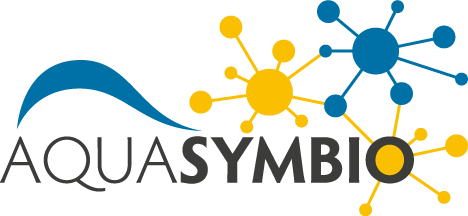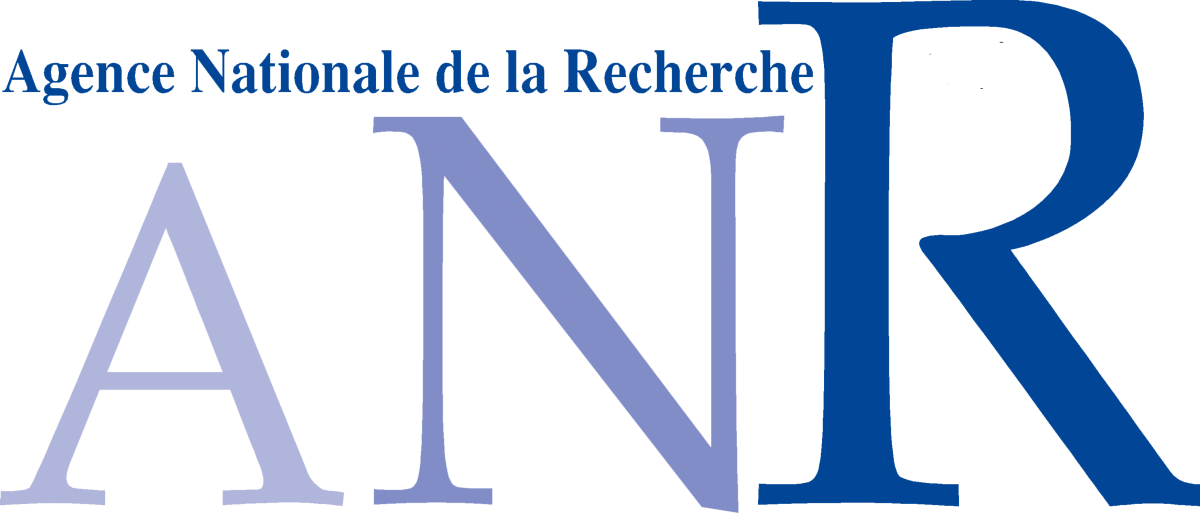Euduboscquella cachoni
Diagnosis
Diagnosis_Genus: Euduboscquella Coats & Bachvaroff 2012. Euduboscquellidae with trophont episome as disc-shaped shield bordered by a perinematic ring. Lamina pharyngea extending from perinematic ring into trophont cytoplasm. Food vacuole formed as trophont emerges from host giving rise to extracellular tomont. Multiple spore morphotypes possible, including dinokont and non-dinokont cells. Individual infections producing only one type of spore.
Diagnosis_Species: Euduboscquella cachoni Coats 1988. Trophonts spherical to ovoid, 3.4 – 47.1 x 3.4 – 12.8 µm; perinema forms a closed elliptical ring measuring 5.0 – 33.9 µm along the major axis; lamina pharyngea broadly funnel-shaped, ~2 µm in maximum diameter; shield convex, often inconspicuous, and creased by a short sagittal furrow; nucleus spherical to ovoid, 2.2 – 15.7 µm in maximum dimension; eccentric nucleolus of immature trophonts either fragmented or absent in mature trophonts; chromosomes not condensed during trophont growth. Post-phagotrophic stage cylindrical, 33.7 – 95.0 x 12.1 – 20.2 µm (70.8 ± 2.66 x 14.5 ± 0.29 µm). Macrospores bipartite, 5.4 – 7.9 x 3.9 – 4.9 µm (6.6 ± 0.10 x 4.4 ± 0.05 µm); transverse flagellum ~10 µm long; posterior flagellum ~15 µm long; nucleus ovoid, ~2 x 3 µm. Microspores spherical, 1.6 – 3.1 µm (2.2 ± 0.08 µm) in diameter; single flagellum ~5 µm long; nucleus ovoid, ~1 x 2 µm. Cyst-like spores spindle-shaped, 4.3 – 7.6 x 1.0 – 1.8 µm (6.0 ± 0.20 x 1.4 ± 0.05 µm).
Body_trophont_length: 3.4 – 47.1 µm
Body_trophont_wide: 3.4 – 12.8 µm
Body_macrospores_length: 5.4 – 7.9 µm
Body_macrospores_wide: 3.9 – 4.9 µm
Body_microspores_length: 1.6 – 3.1 µm
Etymology
Genus name is derived from the Greek eu- (= well, normal) and the genus name Duboscquella.
The species is named in honor of Professor Jean Cachon, whose work has contributed signicantly to our knowledge of the genus Duboscquella and many other parasitic dinoflagellates.
Type illustration / Type locality / Type specimen
Type host: the tintinnine ciliate Eutintinnus pectinis
Type locality: Surface waters of the Chesapeake Bay, a moderately stratified estuary bordered by the states of Maryland and Virginia, USA.
Type material: Syntypes, slides with protagol-impregnated E. pectinis infested by trophonts of D. cachoni, have been deposited at the National Protozoan Type Collection, National Museum of natural History, Washington, D.C., and given the following registration numbers: 40528 and 40529
Ecology
Substrate_trophont: endozoic (endoparasite)
Substrate_tomont: extracellular
Substrate_spores: planktonic
Salinity: marine
Salinity: brackish
Salinity: variable
Life cycle
Both macrospores and microspores may be formed, but only one type is released from a given host. E. crenulata and E. cachoni each produce three types of spores: motile dinokont spores, non-motile spherical spores, and non-motile egg-shaped and spindle-shaped spores, respectively (Coats 1988; this report). Coats (1988) suggested that the spindle-shaped spores of E. cachoni might be cysts, as they persisted in the lab for several days. By contrast, the egg-shapes spores of E. crenulata degenerated in 2-3 days when held at near ambient water temperature and are therefore not likely resting cysts.
Phases_alternance: haplontic
Generation: <1 month
Reproduction_mode: asexual
Resting_stage: cysts (cyst-like)
Symbiont: horizontal
Feeding behaviour
Mode of locomotion
Reference(s)
Observation site(s)
HOSTS
| Association with... | Region origin | Name of site | In reference... |
|---|---|---|---|
| Eutintinnus pectinis | Chesapeake Bay |
(1989) Spatial and temporal occurrence of the parasitic dinoflagellate Duboscquella cachoni and its tintinnine host Eutintinnus pectinis in Chesapeake Bay. Marine Biology 101:401 - 409. doi: 10.1007/BF00428137 |
|
| Eutintinnus pectinis | Chesapeake Bay | Chesapeake Bay |
(1988) Duboscquella cachoni n. sp., a parasitic dinoflagellate lethal to its tintinnine host Eutintinnus pectinis. J. Protozool. 35:607-617. |
| Eutintinnus pectinis | Chesapeake Bay | Annapolis Harbor |
(2012) Molecular Diversity of the Syndinean Genus Euduboscquella Based on Single-Cell PCR Analysis. Applied and Environmental Microbiology 78:334 - 345. doi: 10.1128/AEM.06678-11 |
| Eutintinnus tenuis | Rhode |
(2012) Molecular Diversity of the Syndinean Genus Euduboscquella Based on Single-Cell PCR Analysis. Applied and Environmental Microbiology 78:334 - 345. doi: 10.1128/AEM.06678-11 |












